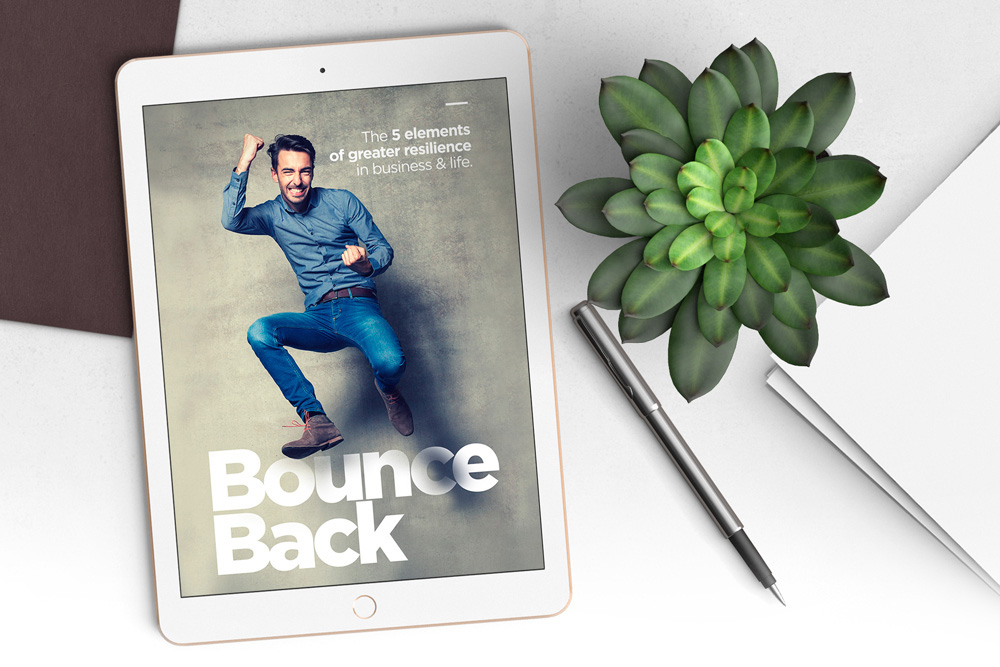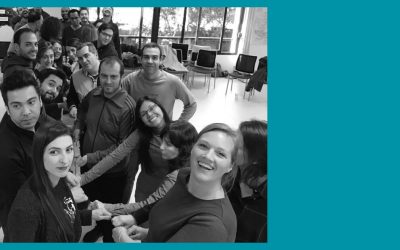Conflict Resolution: Turning dark into glow
Conflicts arise when communication fails. In any relationship, be it personal or professional, you bring your own set of values, needs, and goals, while the other person brings, well, their own set.
When you can’t communicate the differences between these sets in a clear, concise way, there is room for resentment and blame, which prevent the relationship (and the two parts) from growing. But conscious, pro-active conflict resolution, strangely enough, opens up the possibility of deeper understandings, authentic connections, and creative new solutions.
Daunting as they sound, conflicts can actually help us improve, respect our own limits, and develop a good level of assertiveness & negotiation skills at work. Interdependency between team members may cause conflict if one of them is always late in delivering agreed contributions. Extremely different personalities working together in a team may clash and not get along at all. Even whole departments might get competitive and forget the importance of roles and functions of one another [sales and IT department, for example].
“I think what makes people fascinating is conflict, it’s drama, it’s the human condition. Nobody wants to watch perfection”
Nicholas Cage
Our fascination with drama is certainly one way of looking at conflict. Obviously, conflict is part of our human experience. However, the tools at our disposal to create conflict resolution are less obvious.
Research shows five main approaches we can take towards conflict:
- Competing
- Accommodating
- Avoiding
- Collaborating
- Compromising
Please, check our ebook Bounce Back, to learn more about these approaches and the original research that backs them up.
The distinction between conflict and confrontation
Before discovering more about the approaches of conflict resolution, we have to start by drawing the distinction between conflict and confrontation.

Image source: Bounce Back
Understanding these differences between the two terms will help you in separating the situation (the conflict) from how you deal with it (the confrontation).
A closer look at these definitions will also show you that conflicts are inevitable. Confrontation, on the other hand, can be steered to help you make the most out of a situation of conflict.
Once you have detangled this, you can consciously decide how you want to handle the conflict at hand. Arguably, there is nothing more important for innovation and personal growth than the courage to connect to conflict.
“When team members trust each other and know that everyone is capable of admitting when they’re wrong, then conflict becomes nothing more than the pursuit of truth or the best possible answer,” as Patrick Lencioni reminds us. “For good ideas and true innovation, you need human interaction, conflict, argument, debate,” as follows Margaret Heffernan.
I feel tempted to simply paste one quote after another here, thus filling this article with impeccable wisdom of conflict management. The sheer abundance of these quotes shows the presence and importance conflict has in our lives. From private, 5-min disagreements on who does the dishes tonight, to an annoying teammate who can’t deliver reports in a timely manner, to national, social and global disputes, conflicts are intrinsic to our daily and micro presence in the world.
The courage to connect and find conflict resolution
Finding conflict resolution demands effort. The effort to understand where you are at, what you need, and on what cores values you are operating. It takes empathy to understand the other side, to discover their needs and values. This practice demands courage to take a real look at you and the other, beyond a pre-made script you might have going on in your mind.
Personally, I believe it’s valuable to evaluate some essential parts of conflict resolution:
- Your Values (the feeling of good and bad)
- Your Expectations
- Your Mindset
Having these three parts clear for you will help you in managing the conflict and maintaining the relationship.
You never need to suppress your needs and values, in order to have a good relationship with someone. But you do have to work on understanding the other’s position on the situation.
Depending on the circumstance, it might be better to adopt competing as a positive conflict resolution strategy. In other moments, compromising might the best solution. Avoiding, for example, is the strategy of withdrawing. You withdraw from the situation and avoid the confrontation. This might be appropriate if the discussion can be put off to another time or if the consensus in the matter is not important. But if the resolution is urgent or the expertise and input are needed, then this approach is inappropriate.
You can read more about these conflict resolution strategies on our ebook Bounce Back.
“Man must evolve for all human conflict a method which rejects revenge, aggression and retaliation. The foundation of such a method is love.”
Martin Luther King
Resources to practice conflict resolution
We have a variety of resources to help you practice conflict resolution. You can find easy, hands-on exercises in our worksheets:
- How to Resolve Conflict in Three Simple Steps!
- Take a snapshot of where you are at (so you can understand your values and needs)
- Develop self-awareness
- Focus on solutions
You can also find useful advice in our articles:
- Six simple steps for healthy conflict resolution
- On Being Assertive. How to communicate with authenticity
- Connecting People: Understanding team dynamics for performance
- Empowering Teams. Manage dysfunctions and create cohesion.
To read more articles on conflict resolution, please head to our blog category: Reduce Conflict.
“Whenever you’re in conflict with someone, there is one factor that can make the difference between damaging your relationship and deepening it. That factor is attitude.”
William James
To help you navigate through the challenges you may face at work in your leadership role, we create monthly worksheets with simple, yet hands-on 5-min and 10-min activities. Simple exercises help you get on track and stay focused at work. Take a sneak peek below.
We offer these worksheets for free!
Check our full library of practical worksheets here. In our section on Communication and conflict, you can download this month’s Getting Naked Worksheet, with activities to implement right away and practice every day. Browse the library to find extra exercises to improve motivation, lower stress, and increase productivity.
**Quick peek into our WORKSHEET**
_For you, if…
- You feel that you need to clean a few conflicts
- You want to increase innovation & creativity
- You want to love working with your colleagues
_Quickies 5min
A) Revise your Story!
Conflict is complex, but let’s just say it has a lot to do with how we perceive the world: our perception, angle, point of view… hence it’s limited by nature. We don’t see all sides, particularly when we are emotionally engaged. To detach a little and get to the core, here are my suggestions:
- Tell yourself your own story. Either write it down or just speak it into a voice recording app.
- Now, go and have a tea or go for a walk.
- Then read or listen to your story, and jot down the following:
- What really annoys me here? In one word. Be concise.
- What values of mine are being stepped upon?
4. What is the cost of not resolving the conflict (emotional, physical, mentally, economically, etc)?
_Take it further!
…take it further and deepen the learning by doing all the exercises suggested on our worksheet. Sign up below with your name and email to download the complete worksheet.
Always keen to know how you are getting on!
Maike

MAIKE STOLTE
Executive Coach. Consultant. Trainer. Facilitator.
Categories
Contact us

Burnout. COVID. New Normal: How to get yourself back into balance & recover!
By now, most of us share a similar feeling: we feel drained. For months now, we have been bravely facing the Covid-19 pandemic. I think it’s fair to say that it has taken its toll on us. No matter your context, you may have been dealing with the stress of the...
Relational leadership: Influence is trusting and being trusted
We are our relationships. When we foster positive relationships, we create positive environments, develop positive projects and bring positive change to the world. This power of relationships is the base of relational leadership, focused on the leader’s ability to...
Insights From Natural Leaders: With Yasmine Khater
We can always find inspiring natural leaders close to us! In this series of interviews, I’m talking to people who have touched my soul: small business owners, neighbors, friends & colleagues. Those who inspire me to spread the wisdom & insights of our common...





0 Comments